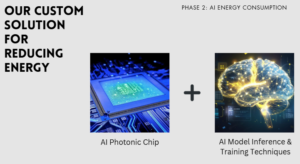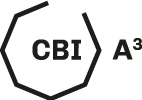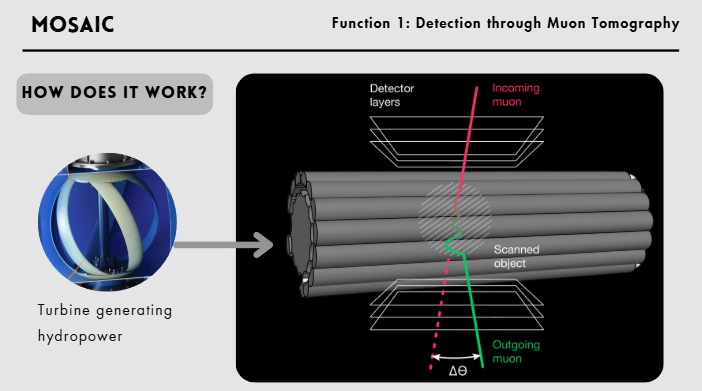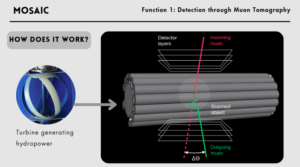Building a Comprehensive Solution System
Our journey in developing our solution for addressing NYC’s aging underground water infrastructure has reached many milestones as we’ve refined a system that addresses critical infrastructure challenges. The core of our approach is detection using muon tomography– a revolutionary technology that allows us to “see” through dense materials without invasive procedures. This non-destructive testing method employs naturally occurring cosmic particles to create images of infrastructure, identifying potential weaknesses before they become critical failures.
The data collection component leverages a vector database, enabling efficient storage and retrieval of complex spatial and temporal information. This approach allows us to capture multidimensional data relationships that traditional databases simply cannot handle. The vector approach creates a foundation for our analysis systems to identify patterns across seemingly unrelated factors, revealing hidden correlations in infrastructure performance.
Additionally, we’ve introduced an AI trend analysis framework, which incorporates a customized energy-saving solution. By processing the collected data, our system not only identifies current issues but predicts future failure points while optimizing energy consumption using AI Photonic Chips and AI Model Inference Training Techniques. This predictive capability transforms infrastructure maintenance from reactive to proactive, dramatically reducing both downtime and unnecessary energy expenditure.

Planet-Centric Design: Preparing for the Unexpected
Testing our solution’s resilience led us to a planet-centric design exercise where we challenged ourselves to imagine extreme scenarios. The most revealing was a network failure resulting in mass power loss– a situation that would render many traditional solutions useless precisely when they’re most needed.
This challenge sparked our development of an innovative hydropower solution that operates with minimal electricity requirements. By harnessing the water that flows through the pipes we monitor, we can generate enough power to maintain essential monitoring and communication functions during outages. This self-sustaining aspect ensures our system remains operational during critical periods, providing vital information when decision-makers need it most.
Speculative Design: Digital Twins and the World of 2050
Pushing our thinking even further, we engaged in speculative design exercises to envision how our system might exist in 2050. This forward-looking approach centered around the concept of a digital twin– a complete virtual replica of physical infrastructure that evolves in real-time alongside its physical counterpart.
This exercise, with the guidance of Andreea, allowed us to consider what it might look like for underground infrastructure to be visualized above the sidewalk– could it be a living, breathing thing connecting and changing with all of New York City? This forced us to confront limitations in our current thinking and resulted in our final modular muon detector pipe design. Not only did this bring us to consider what’s not possible today but may be possible in 2050 due to its size and shape, but the modular approach allows for continuous system evolution, with components that can be accessed as technology advances without requiring complete system overhauls.
Conclusion: The Value of Boundary-Pushing Innovation
While pushing the boundaries of what exists now versus what might exist in 2050 often feels challenging and sometimes uncomfortable, we’ve found it to be an invaluable exercise. Innovation rarely emerges from comfortable thinking within a set of parameters. By stepping into a future with different technological capabilities and constraints, we’ve developed exciting new solutions.



Recent Comments